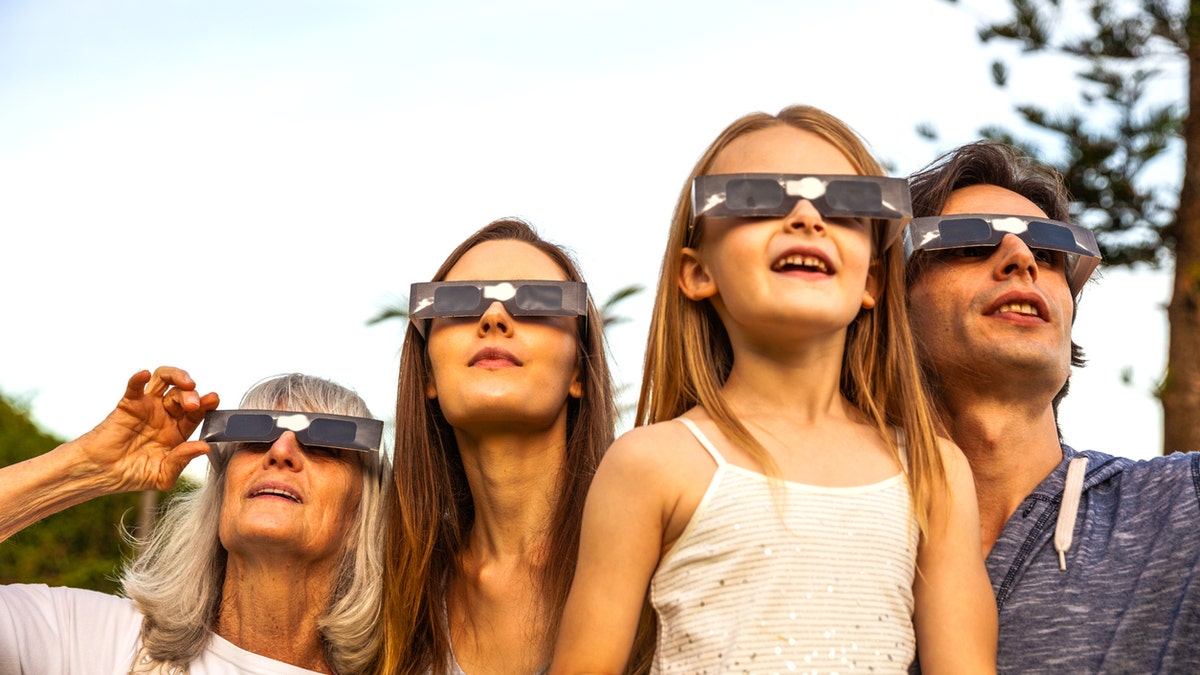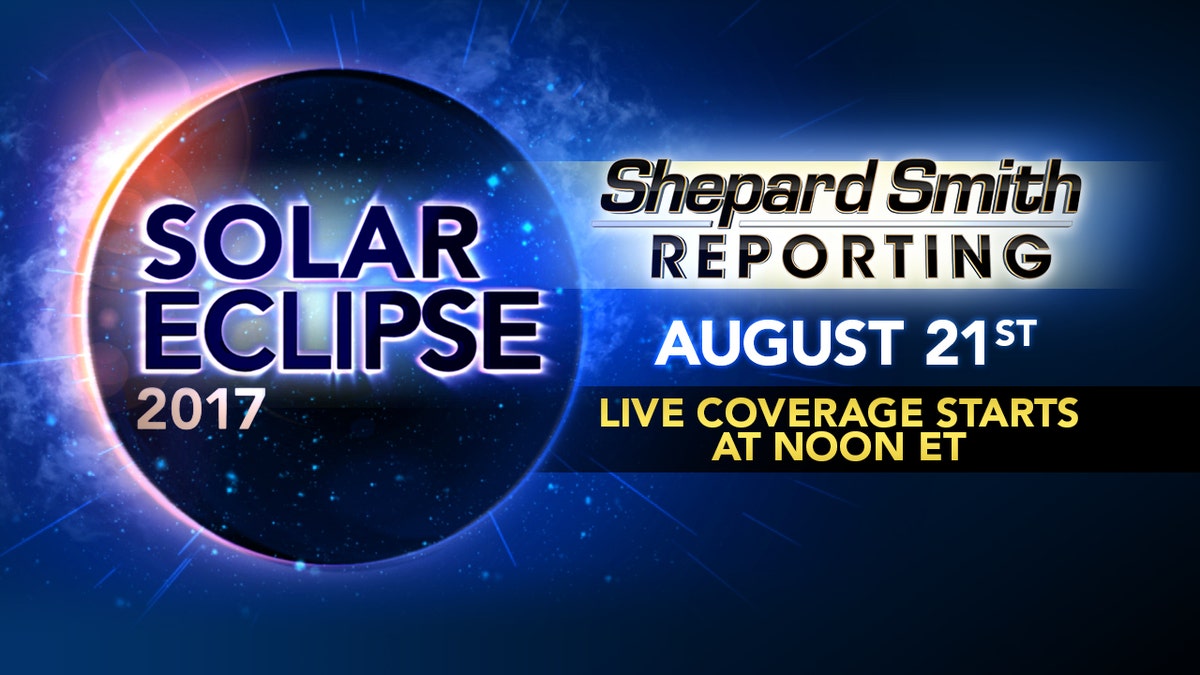
Special eyewear is required for the special solar event. (iStock)
August 21, 2017 will mark the first total solar eclipse across the United States in 99 years, and people are getting excited. So excited that hotels and campsites are completely booked — including 30 campsites along the “path of totality” that sold for $60,000 in an online auction.
But knowing the why, when and where you’re going to watch the eclipse is not enough. The most important question you need to answer for the upcoming astronomical display is how.
SOUTHWEST OFFERING UNIQUE VIEWS OF TOTAL SOLAR ECLIPSE
The sun is bright. In fact, the sun is so bright, that looking directly into it for a short period of time can have an extremely negative effect on your vision. And furthermore, it only takes about 100 seconds of sustained viewing to cause permanent damage, according to the Science Line at the University of California, Santa Barbara. Think of it like a sunburn for your cornea.

And how do you protect against a sunburn? With the proper equipment.
A total solar eclipse is when the moon completely covers the sun, leaving only the corona, or the blazing outer rim, visible. Once the moon is over the sun completely, the sky is safe to look at. However, as NASA notes, it is never safe to look at a partial eclipse — which is what the vast majority of the country will see — with the naked eye. In other words, you need to protect your eyes against harmful UV rays — and eclipse glasses will do just that.
Eclipse glasses are different than typical sunglasses, which don’t filter out enough of the UV rays to make looking at the sun safe. Eclipse glasses look a little like the old, flimsy 3D glasses, but instead of blue-and-red lenses, they come equipped with two dark, filtered lenses that protect against UVA and UVB rays.
Eclipse glasses are also pretty cheap, starting at around $1.99, and relatively easy to come by, with major retailers like Walmart stocking up for the big event. They are also available online.
FOLLOW US ON FACEBOOK FOR MORE FOX LIFESTYLE NEWS
If you are buying eclipse glasses, you need to make sure you’re getting the right ones — there have been reports recently about false glasses being sold. Be cautious and make sure to purchase the lenses for one of the five companies approved by NASA: American Paper Optics, Baader Planetarium, Rainbow Symphony, Thousand Oaks Optical and TSE 17. According to NASA, here is what to look for and what to avoid in purchasing eclipse glasses:
- They need certification information with a designated ISO 12312-2 international standard
- The manufacturer’s name and address should be printed somewhere on the product
- They should not be used if they are older than three years, or have scratched or wrinkled lenses
- They should not be made with homemade filters or look like ordinary sunglasses — not even very dark ones — because they are not safe for looking directly at the sun
If you can’t get your hands on glasses approved by NASA, it’s better to just skip the sunny stare-down and opt for a more DIY eclipse-viewing plan.
